HIGHLIGHTS
Small footprint
Efficient chemical handling
Flexible process configuration
High throughput capabilities
Stable process results
One tool for all advanced packaging applications
By offering multiple process technologies such as photo resist, polyimide and PBO coating within one system, the ACS300 Gen3 delivers high efficiency. It also provides capabilities for up to five resist or four develop chemistries per module for optimal process flexibility. Moreover, the universal hotplate design eliminates the need for specific hotplates for different resist or PI types. The ACS300 Gen3 allows for simultaneous 200 and 300 mm wafer processing without mechanical changeover.
Attractive cost of ownership
The ACS300 Gen3 allows for efficient module stacking, thus saving costly space in the cleanroom. Up to twelve modules can be conveniently arranged on top of one another in a three-level modular system while the tool’s multiple chemical-saving features achieve further savings. Whether SUSS MicroTec’s proprietary GYRSET technology, a novel dispense technique or a chemical recirculation system – the tool uses chemicals economically and works in line with even the most rigid sustainability standards.
Excelling at throughput
When using the optional second robot system the ACS300 Gen3 reaches throughput rates up to 240 wph in a three-step process. An advanced process control system optimizes processing time: scheduling algorithms can be selectively swapped to ensure that time slots of bottleneck steps are fully utilized. Furthermore, features such as developer chemicals at elevated temperatures and flow modes reduce process times.
Consistent process monitoring leading to high yield
What makes the ACS300 Gen3 stand out is its high degree of process control. It is possible to continuously log process data for all relevant parameters such as temperature, flow, pressure, volume, purge rates, etc.. Data logging allows for precisely tuned process parameters, repeatable results and quick identification of potential weak points. Processes become more stable and repeatable, and yield can be significantly increased.
DETAILS: COATING
Spin coating is the process of evenly coating a spinning substrate with a solution. The solution, for instance a photosensitive resist, is dispensed at the center of the wafer. Subsequent acceleration as well as the rotation speed and the time allotted to the individual steps ensure that a homogeneous layer thickness remains after excess resist is spun off. Alongside the process parameters, the physical properties of the solution or photoresist determine the thickness of the applied film.
SUSS MicroTec’s proprietary GYRSET technology provides cutting-edge advantages. The GYRSET principle entails synchronous rotation of the process chamber during coating, in this way effectively reducing air turbulence over the rotating substrate. The atmosphere within the closed chamber becomes more quickly saturated with solvents, so that the resist dries more slowly and is thus distributed more evenly over the substrate. This results in significant savings in terms of required material.
Spin coating is limited in use to structures without high topography.
Features and Benefits
- Spin coating: a simple and widely used technique
- Proprietary GYRSET technique reduces the material required and cuts costs
DETAILS: DEVELOPING
Puddle developing involves dispensing a defined quantity of developer to the exposed substrate, gently spinning it to spread the developer. Due to the surface tension of the developing agent, a convex puddle is formed on the wafer. Once developing time is completed, the wafer is rotated quickly to spin off the developer agent. The wafer is subsequently rinsed with deionized water and dried, once again at a high rotation speed. The main advantage of the technique is that only very little developing agent is required while maintaining excellent process results.
Puddle developing is no longer feasible when the developing agent becomes saturated, for example when a large quantity of photoresist needs to be removed or a high structural topography prevents exchange of the developer. In such cases, a multi-stage puddle developing process or spray developing is used.
Features and Benefits
- Minimal chemical consumption
Puddle developing involves dispensing a defined quantity of developer to the exposed substrate, gently spinning it to spread the developer. Due to the surface tension of the developing agent, a convex puddle is formed on the wafer. Once developing time is completed, the wafer is rotated quickly to spin off the developer agent. The wafer is subsequently rinsed with deionized water and dried, once again at a high rotation speed. The main advantage of the technique is that only very little developing agent is required while maintaining excellent process results.
Puddle developing is no longer feasible when the developing agent becomes saturated, for example when a large quantity of photoresist needs to be removed or a high structural topography prevents exchange of the developer. In such cases, a multi-stage puddle developing process or spray developing is used.
Features and Benefits
- Minimal chemical consumption
OPTIONS: COATING
SUSS MicroTec’s proprietary GYRSET® technology helps to significantly improve spin coating process results by improving the conditions during coating. With the help of a rotating cover a turbulence-free atmosphere, highly saturated with solvents, can be created. This not only makes the outcome more independent from the ambient temperature and humidity. It also substantially reduces the amount of material required to coat a wafer therefore being beneficial for environmental sustainability.
The GYRSET® technology is highly suitable for processing thick resists.
Highlights
- Prevents back-side contamination
- Little surface roughness
- Improves surface planarity
- Reduces chemical consumption
Smart control of dispense systems.
Optimal and complete use of chemicals.
Intelligent scheduling algorithms: Improve yield by avoiding bottlenecks.
Bent and warped wafers are carefully pulled flat before alignment and exposure. Due to the variety of the parameters that affect it, an optimal tooling implementation requires adaptation for the specific substrate.












































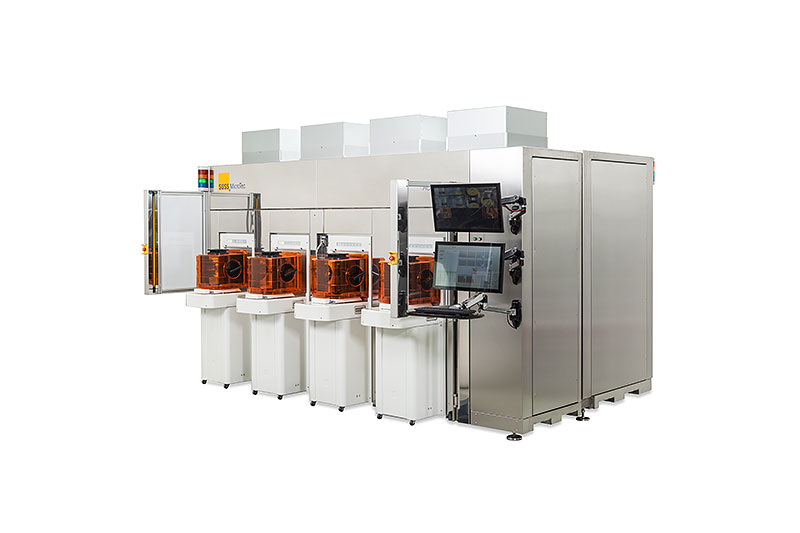
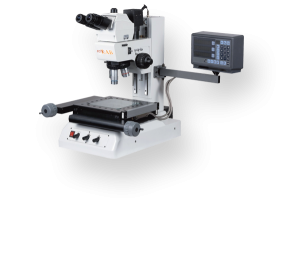
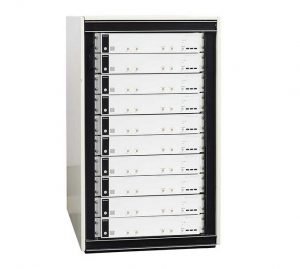
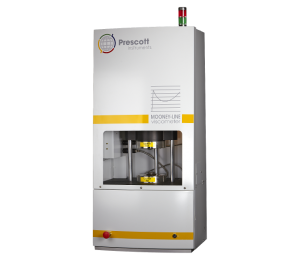
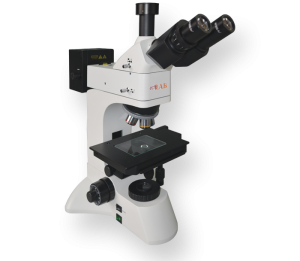
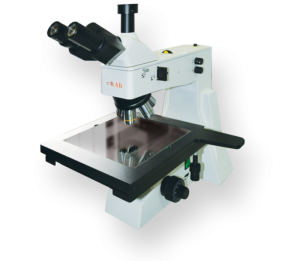

Reviews
There are no reviews yet.